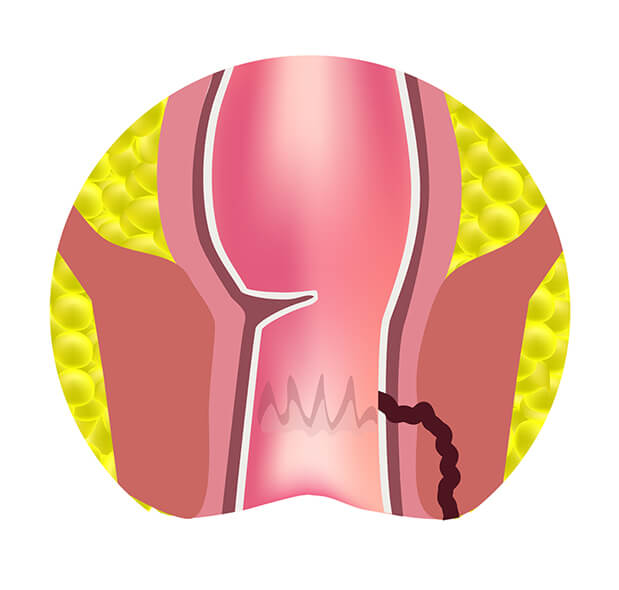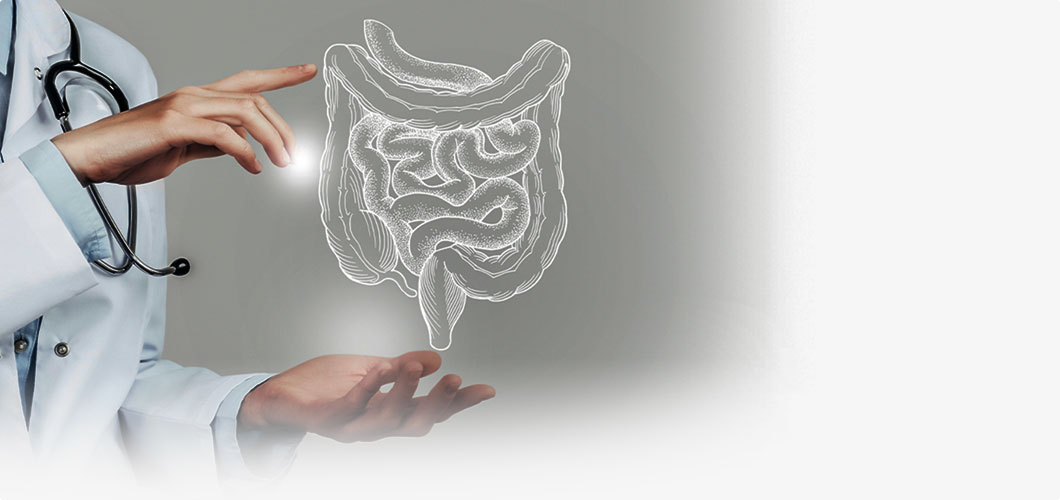
What is an Anal Fistula?
An anal fistula is an abnormal tract that forms between the skin near the anus and the anal canal. In most cases, an anal fistula is the result of a previous or current anal abscess (a pus-filled infection of an anal gland) that did not heal properly. However, it can also be caused by radiation therapy for cancer, anal surgery or any other trauma or colorectal disease such as Crohn’s disease or diverticulitis. Occasionally it can originate from an advanced ano-rectal cancer.
An anal fistula is characterised by pain and inflammation around the anus, discharge of blood or pus from an opening around the anus, fever, irritation and redness around the anus, as well as pain during bowel movements.
HOW IS AN ANAL FISTULA DIAGNOSED?
After checking on your symptoms and medical history, Dr Chew Min Hoe will look for a fistula opening near the anus. A gentle examination of the area and an internal rectal examination is required as well.
Further investigations may be required and an anoscope may also be used to look inside the anal canal. Imaging tests such as endoanal ultrasound, CT scan or MRI may be performed.
WHAT ARE THE TREATMENTS FOR ANAL FISTULAS?
Many anal fistulas do not heal without surgery. The aims of treatment will be to treat any ongoing infection and sepsis first followed by a detailed and careful assessment of the anatomy and origin of the fistula, before deciding on the best treatment methods. A colonoscopy may be required before fistula treatment to ensure there are no other systemic diseases such as inflammatory bowel disease where treatment is non-surgical.
There are currently many methods of treatment as there are many types of fistulas and the type used will depend on the location and severity of the fistula. The primary goal is to get rid of the fistula while protecting the anal sphincter muscles so as to preserve continence, and to prevent recurrence of the anal fistula.
Fistulotomy
: This involves opening up the fistula tract in order to allow it to heal from the inside out. This is commonly used in fistulas that affect little to no sphincter muscle.Seton
: In more complex fistulas, Dr Chew may place a suture or rubber band in the fistula, allowing the fistula to drain and heal behind the seton. Once the inflammation has resolved, a second procedure may then be required to fully treat the fistula safely without a high risk of incontinence.Ligation of Intersphincteric Fistula Tract (LIFT)
: The inner opening of the fistula is first located and tied off, and infected glandular tissue in the anal canal will be removed. This is followed by the external opening of the fistula being stitched closed.
RECOVERING FROM ANAL FISTULA TREATMENT
Here are some ways you can make the healing process a smoother one:
- Take your pain medications as prescribed
- Soak in a warm sitz bath few times a day
- Refrain from any strenuous activity until your doctor says so
- Stay hydrated and/or use stool softeners to prevent constipation
An anal fistula will take at least several weeks to completely heal, depending on the severity of the fistula and the extent of surgery.





